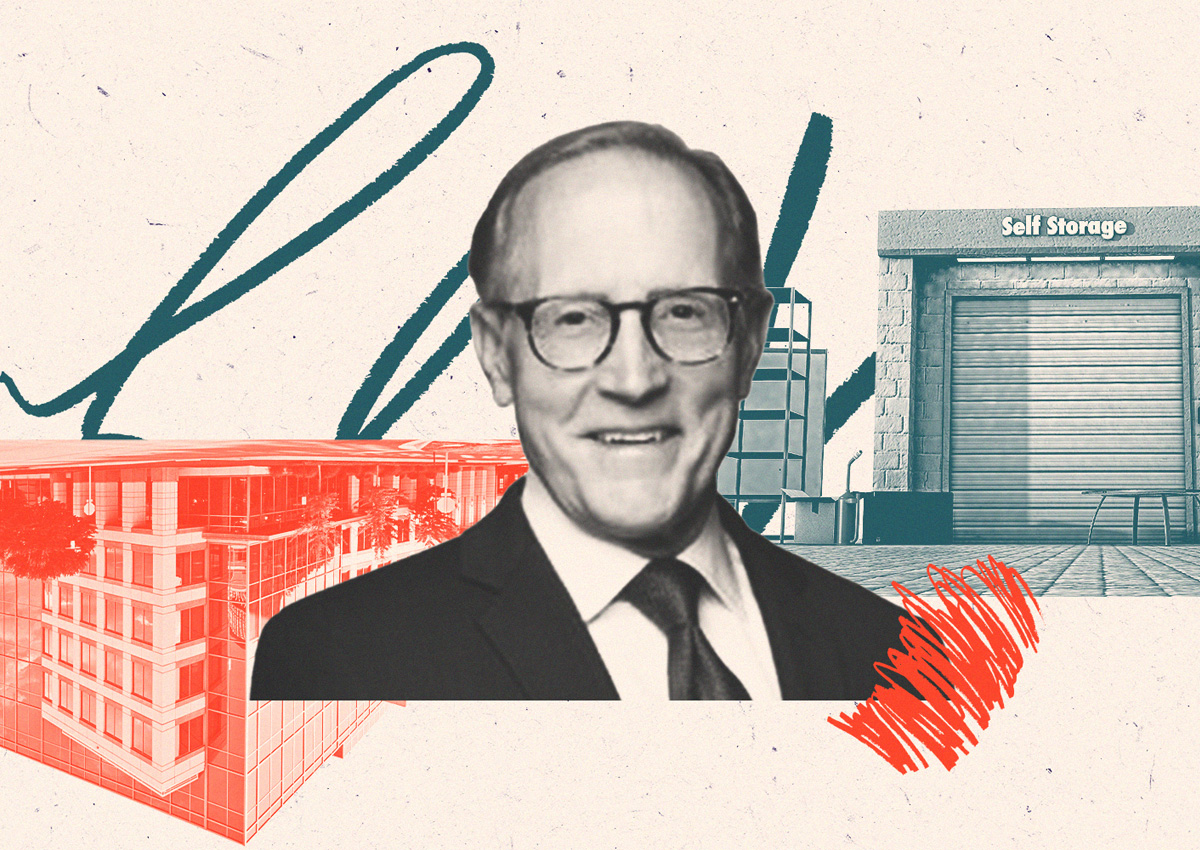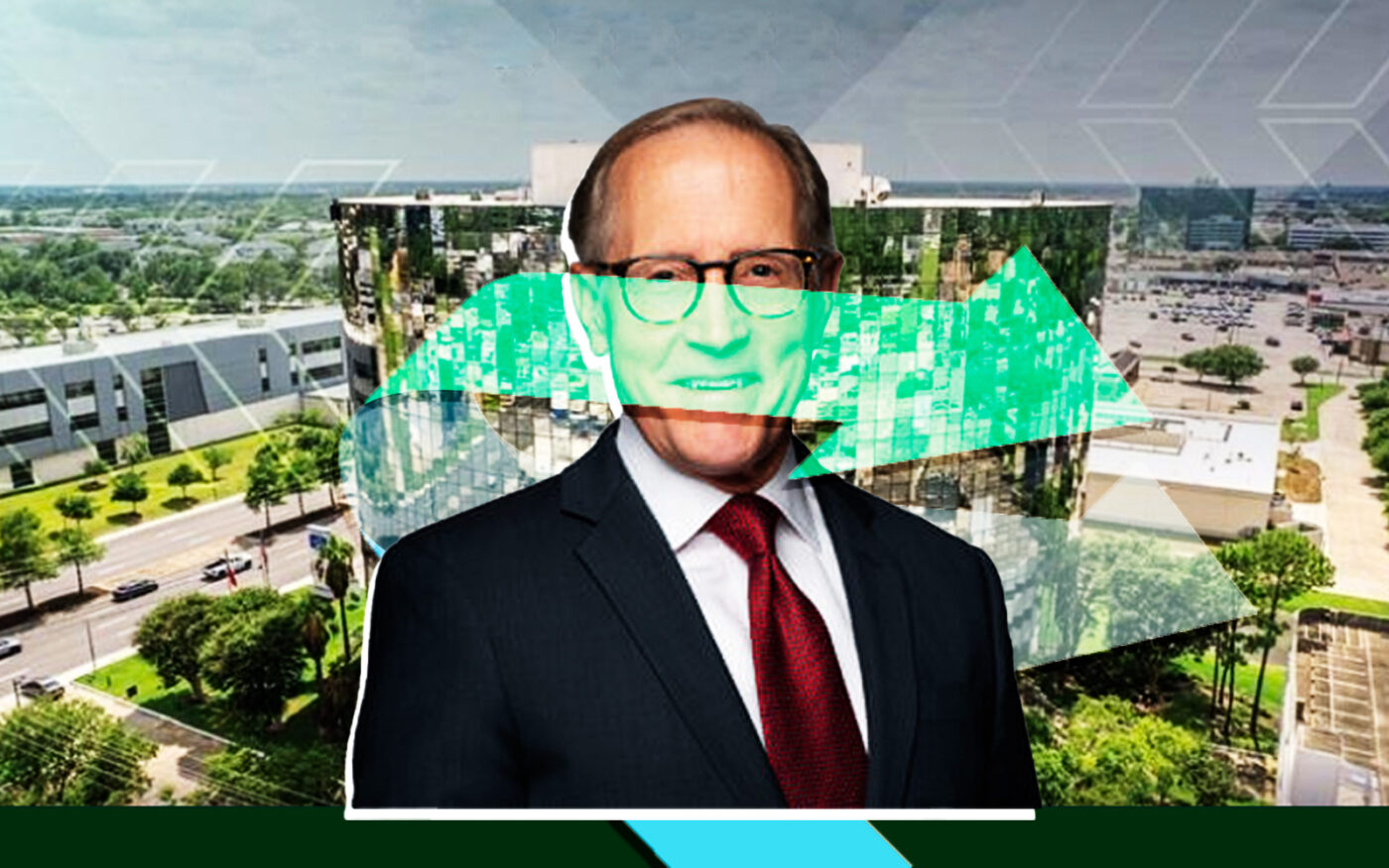 Houston REIT turning entire 7M sf portfolio into self-storage
Houston REIT turning entire 7M sf portfolio into self-storage
Trending
Silver Star selling Texas office holdings in self-storage pivot
Two offices in Houston and one in Irving hitting the market amid repositioning

Silver Star Properties plans to sell a trio of Texas office buildings after outlining a broader strategy to reposition its 6.8 million-square-foot portfolio into the self-storage asset class.
The Houston-based REIT, which currently owns 44 low-to-mid-tier commercial properties throughout the Texas Triangle, focusing on Greater Houston, cites difficulties amid financial woes and distress. Holdings include three industrial projects, 12 retailers and 29 office buildings.
Two of the office buildings, with a combined area of 330,000 square feet, will soon be available for sale in Houston:
- Westheimer Central Plaza, a 10-story building at 11200 Westheimer Road, due north of Westchase.
- Ashford Crossing II, on South Dairy Ashford Road between Westchase and the Energy Corridor.
- Westway One, on 1707 Market Place Boulevard in Irving, spanning 166,000 square feet, just six miles south of Valley Ranch.
Westheimer Central Plaza and Westway One are among the company’s priciest assets, with estimated appraised values of $21 million and $23 million, respectively.
Read more
 Houston REIT turning entire 7M sf portfolio into self-storage
Houston REIT turning entire 7M sf portfolio into self-storage
 Commercial sales fall 74% in Houston
Commercial sales fall 74% in Houston
 Greystar ties rent to inflation in Houston
Greystar ties rent to inflation in Houston
 Developer’s Lake Austin estate listed at $50M
Developer’s Lake Austin estate listed at $50M
Like many mid-tier Houston office buildings, Westheimer Central Plaza has seen better days, with vacancy standing at 26 percent, according to SEC filings. Silver Star Properties’ office holdings hover around an average vacancy rate of 23 percent, setting the groundwork for a pivot as office, particularly in Houston, remains on the decline.
“Self-storage is arguably probably the best asset based on metrics out there. They’ve called it recession-proof in the past,” said Justin Beck, a managing director for commercial firm Whitebox Real Estate. “Houston is one of the stronger markets. Texas, in general, is probably the best state out there for self-storage. Usually, when you have buyers taking a look, they’re requesting if we have Houston, DFW or something in Austin or San Antonio. These major metroplexes are what they want to move their money into.”
The self-storage industry has undergone a surge in growth due to pandemic-induced migration and the rise of remote work. Sales volume in the self-storage market grew by 80 percent in 2021, reaching nearly $24 billion, according to Real Capital Analytics. Last year saw some moderation in self-storage, attributed in part to the impact of rising inflation and interest rates on home sales, Green Street market analyst Ryan Miller said.
“In 2020 and 2021, the growth of the self-storage space was absolutely phenomenal,” Miller said. “Now, you’re in a situation where it’s leading to a bit of a slowdown in demand, but overall revenue growth for the self-storage sector is still generally positive.”
Vacancy rates are projected to increase slightly in 2023, as demand has cooled. But the average self-storage occupancy rate is expected to remain stable, at around 92 percent. In Houston, self-storage fares even better, boasting a 94 percent occupancy rate, according to Marcus & Millichap. That’s slightly above last year but below historical averages and also way above Silver Star Properties’ average occupancy rate of 80 percent.
Texas has emerged as a leader in the self-storage space, claiming the second-highest total square footage of storage facilities, according to CXRE. Houston shines as the Lone Star State’s crown jewel with 8 square feet of storage per capita, nearly double what you’d find in its population rival Chicago, which boasts 4 square feet per person. Houston has approximately 1,035 self-storage facilities, the second-most in the country. This landscape serves as the backdrop for Silver Star’s strategic business maneuver.
“As we think from an investment perspective on what tends to drive people to self-storage in the first place it’s thinking about the underlying population trends and demographics within the market,” Miller said. “Areas where you’re likely to have just strong population growth trends in general, because as people have these life events they tend to be more likely to use storage.”
Greater Houston experienced the second-largest population increase last year adding over 124,000 residents between 2021 and 2022, according to the U.S. Census. Statewide, Texas has seen the most significant population growth in the nation, adding 9 million residents since 2000, more than any other state, with 430,000 people migrating in 2022 alone.




